By Donald Roberts II
By summer’s end 1944 Adolf Hitler, along with much of his staff, began to realize that Germany was in serious danger of losing the war. During the previous 18 months, German armies had been heavily engaged along three fronts and had sustained heavy losses and many defeats.
On the Eastern Front, Army Group Center had been nearly ruined by the Russian summer offensive. At the same time, Soviet advances in Romania and Bulgaria had pushed the Germans back into Yugoslavia. In Italy, Allied armies had pushed German forces north up the boot to a line extending roughly from Pisa to Rimini. The Western Front was slowly turning into a static campaign with very heavy casualties on both sides of the Siegfried defenses.
After five grueling years of war, it had become apparent to many people that Hitler’s mind was becoming less dependable. His unstable condition had become ever more evident as he began to take greater operational control of the war. In a meeting on September 16, 1944 at the Wolf’s Lair, Hitler unveiled an elaborate plan for a counteroffensive to his subordinates. Present at the meeting with Hitler were Field Marshal Wilhelm Keitel, chief of the Armed Forces High Command; Generaloberst Heinz Guderian, chief of combat operations along the Eastern Front; and General der Flieger Werner Kreipe, standing in for his boss Hermann Göring, who was in Berlin.
At the meeting, Hitler suddenly announced, “I have just made a momentous decision. I shall go over to the counterattack.” Positioning himself in front of the officers’ large battle map, Hitler explained, “Here, out of the Ardennes, with the objective being Antwerp.” Needless to say, Hitler’s generals were stunned as they sat in silence staring at each other. Such a bold offensive stroke at this point in the war had little chance of success.
For the remainder of the meeting Hitler outlined his plan. His “intuition” swayed him into believing that a strong attack, following the same route of attack as the 1940 blitzkrieg into France, would divide Allied armies in the West. Hitler had visions of driving all the way to Antwerp, which was the main supply port of the British and Canadian forces on the northern sector of the Allied line. Once the vital seaport was in his hands, thus severing the enemy’s line of communications, Hitler planned to mount fierce offensive actions against the northern Allied forces, hoping for another “Dunkirk-style” evacuation from the continent. He then planned on delivering a sound defeat to the mainly American forces to the south. Once that was accomplished, the Führer planned on taking advantage of his interior lines by turning his main combat force back to the east against the Russians.
Hitler believed that at the very least his counterattack, set to be launched sometime in November or December, would push the Western Allies back to the positions they had held in August. He hoped that this would, in turn, force them to the conference table to negotiate a peace settlement. In doing so, Hitler’s forces in the East would have at least 12 to 16 weeks to push back the Soviet threat or, better yet, have only a one-front war to fight. The Führer hoped that the time gained from his counterattack would give Germany the chance to develop and produce “war-winning” weapons of destruction: “the V rockets, jet fighters, and the electro U-boats.”
In order to mislead any Allied detection of his plan, Hitler labeled the Ardennes attack with the “defensive-sounding” name of Wacht am Rhein (Watch on the Rhine). The main maneuver for this attack would belong to Field Marshal Walter Model’s Army Group B. Specifically, it was Model’s Fifth Panzer Army commanded by General Hasso von Manteuffel and the Sixth Panzer Army commanded by SS General Sepp Dietrich that were given the primary mission to break through the Allied defenses.
The American sector the planned attack would penetrate was held by General Troy Middleton’s VIII Corps, which was a part of General Courtney Hodges’ First Army. Guarding Middleton’s left flank on the north was General Alan W. Jones’s 106th Infantry Division. In the middle were Colonel Mark Devine’s 14th Cavalry Group and General Norman Cota’s 28th Infantry Division. Middleton’s right flank was held by General John Leonard’s 9th Armored Division and General Raymond Barton’s 4th Infantry Division. In all, Middleton’s VIII Corps stretched for some 75 miles.
General Eisenhower had thinned this portion of the Allied line in order to utilize more of his combat power to attack other areas. At the same time, he used the Ardennes sector to introduce new units to the combat line as well as to rest and refit battered units. Jones’s 106th fit this category because it was considered by many to be a “green division.” Cota’s 28th had been torn up during the fighting in the Huertgen Forest and was placed along this line to regain its strength and wait for reinforcements. Thus the site that Hitler had chosen to break through the Allied line was not only thinly defended but held mainly with understrength or inexperienced divisions.
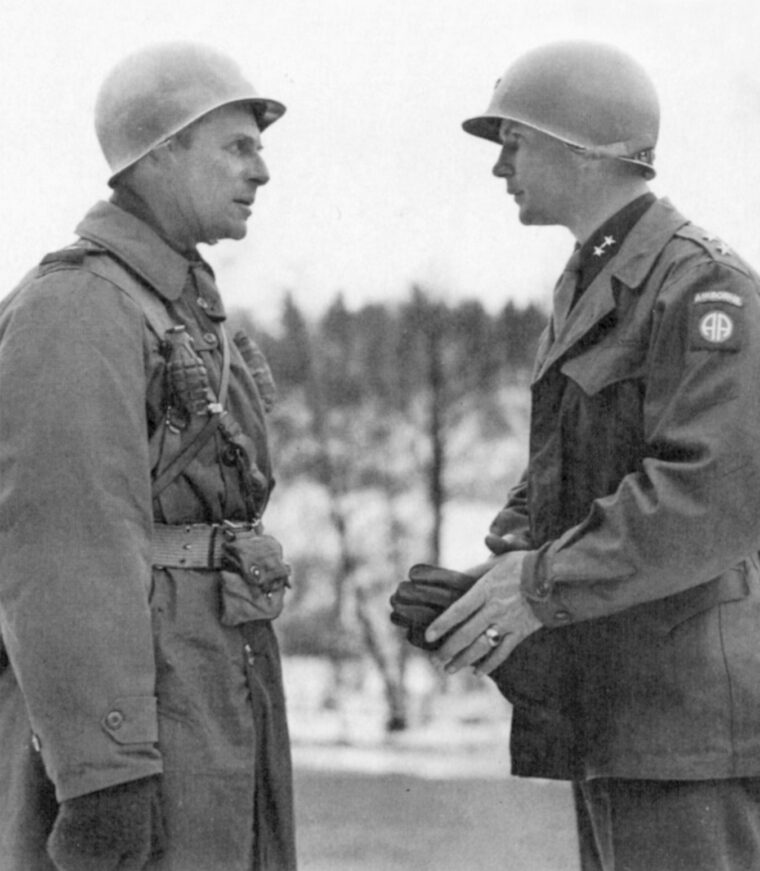
As Hitler’s staff prepared for the attack, there were some Allied intelligence reports indicating that a German buildup was taking place in the Ardennes. However, these reports were largely misinterpreted and, as a result, Hitler achieved the element of surprise on December 16, 1944 when his Fifth and Sixth Panzer Armies smashed into the unsuspecting American line. Thus began what would later be called the Battle of the Bulge, for its wide and deep penetration of the American battle line.
German General Alfred Jodl, chief of the army’s operational staff, labeled the operational plan for the attack Herbstnebel (Autumn Fog). The code name was appropriate because the Germans knew that if this offensive had any chance of success, it had to take place when Allied air forces would be grounded for inclement weather. As it turned out, the weather during much of the German counteroffensive was some of Europe’s worst in decades.
As Hitler’s forces penetrated the American divisions and began driving west, the “bulge” in the line increased in size with each passing hour. Eisenhower began maneuvering forces to try to stop the enemy advance. One of the units Eisenhower maneuvered was SHAEF’s (Supreme Headquarters Allied Expeditionary Force) reserve. This was General Matthew Ridgway’s XVIII Airborne Corps. At the time of the German attack, Ridgway’s Corps was garrisoned in and around the town of Rheims, France.
The XVIII Airborne Corps consisted primarily of the 82nd and 101st Airborne Divisions with various other airborne forces attached. Two of the attached airborne units were the 517th Parachute Infantry Regiment commanded by Lt. Col. Rupert Graves and the 551st Parachute Infantry Battalion commanded by Lt. Col. Wood Joerg.
The 517th and the 551st had both been part of the 1st Airborne Task Force, which had jumped in support of Operation Dragoon, the Allied invasion of southern France on August 15. Following the successful conclusion of Operation Dragoon, the paratroopers were transported north to join the XVIII Airborne Corps near Rheims. The 517th was billeted at Soissons, and the 551st settled into Laon by December 12, only four days before the Germans launched their Ardennes offensive.
Following the attack on December 16, the XVIII Airborne Corps was assigned to Hodges’ First Army on the northern shoulder of the German penetration. Because Ridgway was in England at the time of the attack, General James Gavin (82nd commanding general) became acting commander of the XVIII Airborne Corps. Gavin moved the 101st Airborne Division to Bastogne, Belgium, which was a vital crossroads located almost in the center of the 40-mile-wide German breakthrough. The 82nd Airborne Division, along with the attached 551st, 517th, and the 509th Parachute Infantry Battalions, was ordered northward to the vicinity of Werbomont, Belgium.
Along the northern shoulder of the German advance, the 82nd with its attached units was ordered to deploy into a jagged line that ran roughly from Stavelot southwest to Werbomont. It was along this line that the paratroopers of the 551st Parachute Infantry Battalion would begin their mission to repel Hitler’s battle-hardened soldiers.
Although many American units were withdrawing in the face of Manteuffel and Dietrich’s determined attack, the men of the 551st tried to reach their destination. Confusion seemed to be the tenor for this period of the battle. Normally the trip to Werbomont should have taken about four hours by truck. For two days, December 19 and 20, the men of Colonel Joerg’s Battalion tried to reach Werbomont. Constant road blockages, enemy artillery fire, low-level Luftwaffe attacks, and snowstorms all combined to slow the advance.
Road congestion was the biggest problem during the move toward the front. There were countless American armor and artillery units “moving to the rear.” Lieutenant Dick Goins, 3rd Platoon Leader in C Company, recalled one of his men saying, “They [the retreating Americans] were moving back quite rapidly, and we were moving forward.” Goins knew what the trooper was thinking. It was both “disheartening” and nerve-wracking to witness “our forces” retreating.
Through the afternoon and into the night of the 21st, the trucks carrying the men of the 551st began reaching Werbomont. The paratroopers were then assigned to the 30th Infantry Division already in place along the battle line. The airborne men were ordered to leave their heavy overcoats and overshoes behind because the battalion “was going to be moving fast and could not afford to be bogged down with heavy gear.” Their belongings were supposed to catch up to them at the front at a later date. Thus began the strange, nightmarish odyssey of the 551st. For the next two weeks, the men of the battalion would be unattached and reattached to many different combat units as they fought many battles against a determined enemy and waged a constant, terrible battle with the severe weather.
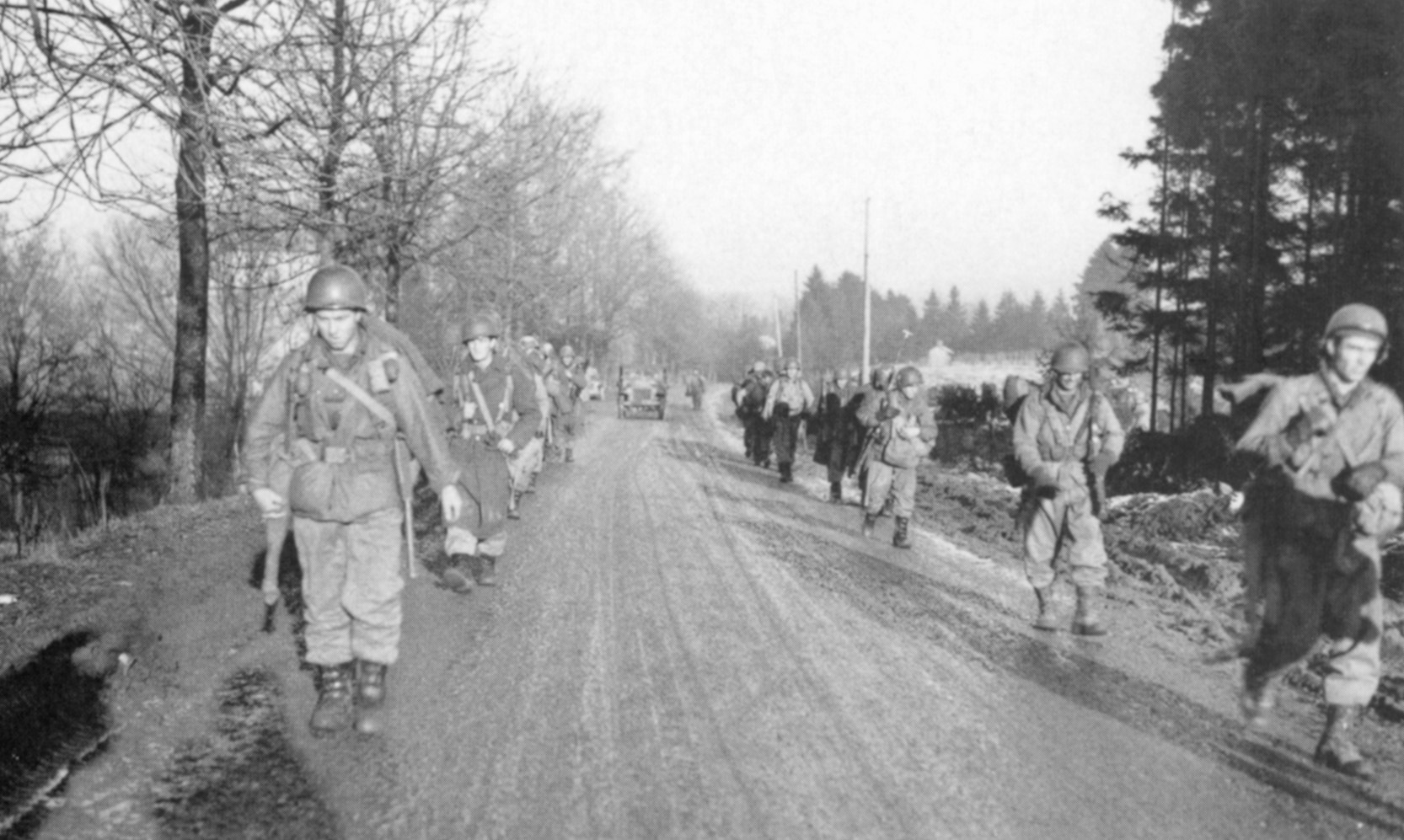
A few days before Christmas, the German attack reached its high-water mark. On the 22nd, Eisenhower sent a stirring message to all the troops fighting in the Ardennes: “By rushing from his fixed defense the enemy may give us the chance to turn his great gamble into his worst defeat…. Let everyone hold before him a single thought—to destroy the enemy on the ground, in the air, everywhere—destroy him.”
Manteuffel’s Fifth Panzer Army was stopped short of the Meuse River, while along the northern shoulder of the “bulge” Dietrich’s Sixth Panzer Army continued to thrash around and try to find a way to continue its push toward Antwerp.
By Christmas Eve, the 551st had dug defensive positions near Stavelot somewhere on the right flank of the 30th. The men of the battalion began to feel isolated in their forested bivouacs, and the paratroopers felt out of place attached to a regular infantry division. Moreover, the continued confusion along the American line further contributed to the seclusion felt by the men. The temperature, which hampered operations, dropped to near zero at night. Perhaps worst were the constant rumors—“the Germans were coming—they had already passed us—we are cut off—they are wearing GI uniforms and driving captured U.S. vehicles—they were taking no prisoners—they are just down the road and coming with a panzer division of Royal Tiger tanks.”
Later that day, Colonel Joerg received orders to attack an enemy SS unit that was judged to be about two battalions in strength and reinforced with tanks. They were dug in near a bridgehead across the Salm River. The attackers would not only have to cross open ground, but the river as well. Colonel Joerg, believing that this attack would be suicidal for many of his men, began to visit them in their front-line positions. To Sergeant Don Garrigues, the colonel appeared “worried” and “not completely himself.” Everyone knew the reason. Infantrymen dread “face-to-face” encounters with tanks. Although it happened frequently at the “Bulge,” no one ever relished the idea.
Late on Christmas Eve, the attack was called off because most regiments of the 82nd were pulled back to “tidy up the American battle line.” Spirits rose among the men in the 551st. The men of Joerg’s battalion spent Christmas trying to stay warm; eating boiled, rubberized turkey; and giving thanks for their good fortune. Few men realized it would be the last lull to fall upon the 551st.
During the next two days, heavy attacks by the 9th Panzer and 62nd Volksgrenadier divisions along the 82nd’s front forced Ridgway to unattach the 551st from the 30th Infantry Division and reattach the battalion to the 82nd.
By December 27, SHAEF decided that Ridgway’s XVIII Corps would spearhead the upcoming First Army’s counterattack along the northern shoulder of the breakthrough, while Patton’s Third Army would begin a push from the south.
General Gavin, now back in command of his division, was itching to get the Allied attack going. At the time, the 551st was in position near Rahier. Gavin met with Colonel Joerg and ordered him to probe the enemy’s strength to the front. The men of Joerg’s Battalion would then conduct the “raid in force” by first moving past the American front lines then attacking and advancing about four miles to the village of Noirefontaine, returning with prisoners.
It was nearly 11 pm on the 27th when Joerg’s men moved through the battered and weary men of the 508th Parachute Regiment and into enemy territory. Joerg decided to place Captain Tims Quinn’s C Company in the lead for the attack. Captain Marshall Dalton’s A Company would advance on the right flank, and Captain Jim Evans’ B Company was held in reserve. Occupying the village of Noirefontaine were two companies from the 164th Regiment, 62nd Volksgrenadier Division, and a company (more or less) from the 9th SS Panzer Division.
Joerg’s men caught the enemy by surprise at Noirefontaine. Nevertheless, within minutes, A Company came under enemy small-arms and artillery fire. A promised “five-minute barrage” to soften up the Germans never came. All of a sudden, a Panzer IV emerged from the darkness heading straight for Quinn’s men. Quinn immediately yelled for bazooka men: “I want you to go up the road and don’t come back unless you are dragging them damned tanks by the tail!” The bazooka men were back in minutes, mission accomplished.
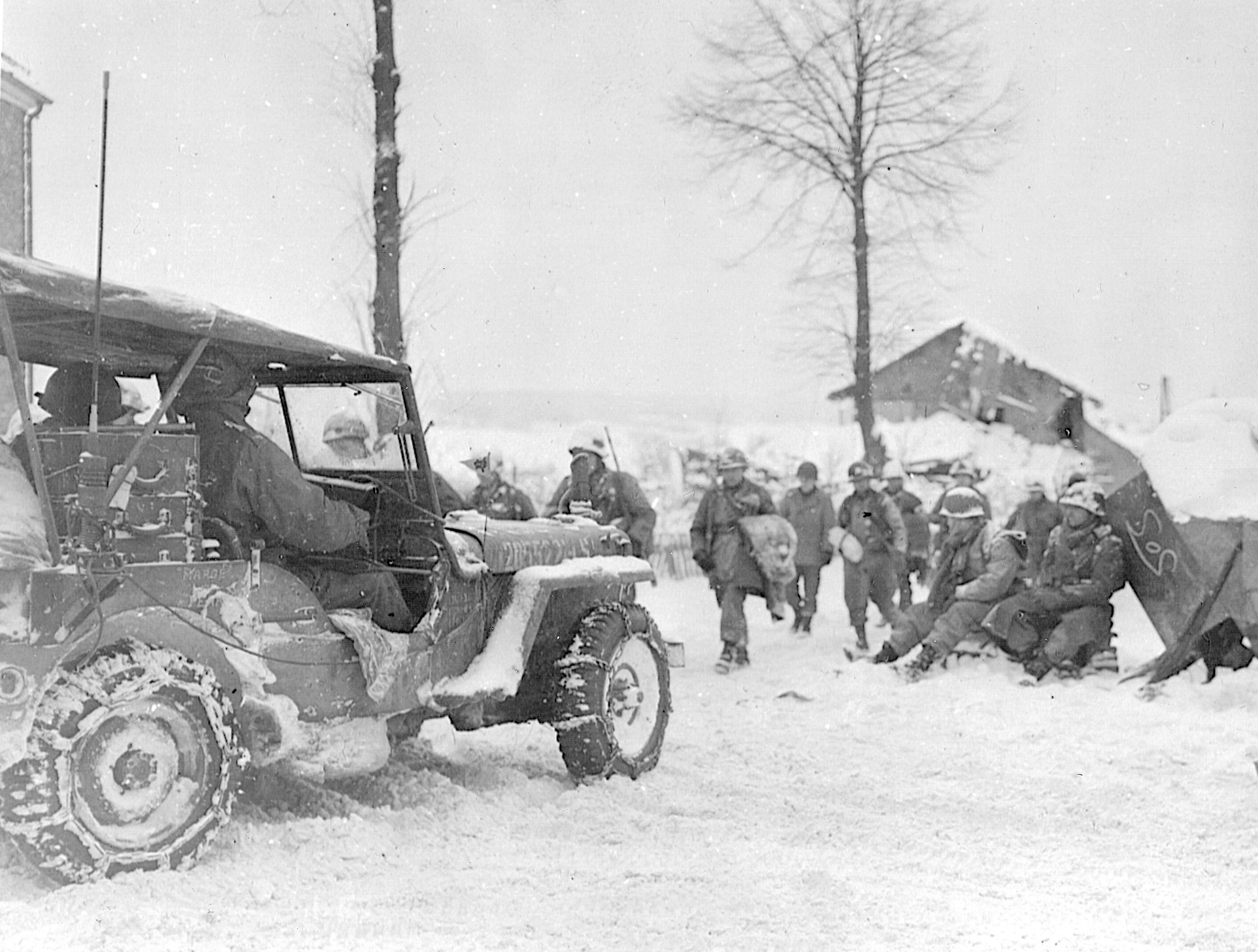
To make up for the lack of promised artillery support, Lieutenant Robert Buscher’s 81mm mortars opened up on the objective. Soon, almost every building was ablaze, and enemy soldiers were running everywhere. Buscher’s mortar men fired more than 400 rounds during the raid.
The “close-in” fighting in the village lasted about 30 minutes. B Company moved south through the village to machine-gun the secondary objectives—the villages of LaChapelle, Odrimont, and Amcomont. By 2:30 am, Evans’ men had successfully repulsed two determined counterattacks by the enemy and, with the light machine-gun platoon from Headquarters Company, delivered fire on their objectives.
By 5 am, Joerg’s Battalion began retracing its steps back to friendly lines. The men literally stepped in their old tracks to avoid enemy mines. The 551st carried 15 of their wounded buddies as well as six prisoners back through the 508th’s lines. Three of their comrades had been killed.
Both Colonel Joerg and General Gavin were satisfied with the performance of the 551st. The raid behind enemy lines represented the first American attack against the enemy in the XVIII Airborne Corps area of operation. The battalion’s S-3 officer, Major Ray “Pappy” Herr-mann, felt that the 551st’s good performance in the Noirefontaine raid firmly established it with “the 82nd Airborne family.”
By the end of December, Eisenhower began pushing for an all-out offensive against the Fifth and Sixth Panzer armies on the northern shoulder of the “Bulge.” The spearhead of the Allied attack would be delivered by General J. Lawton Collins’ VII Corps. Ridgway’s XVIII Airborne Corps would go into the line with VII Corps.
On New Year’s Day, Colonel Joerg attended a meeting at Gavin’s headquarters and was told the 551st would be attached to the 517th for the upcoming offensive planned for January 3. The men of Joerg’s Battalion went into the line between the 517th on their left and Gavin’s 505th Parachute Regiment on their right.
The plan was for the entire force to attack and swing like a gate along a front 15 miles wide. The 517th was ordered to capture the villages of Trois-Ponts, Mont de Fosse, and Saint Jacques. The 551st’s objectives were to take Herispehe Ridge as well as the town of Dairomont while moving in the direction of the little village of Rochelinval on the Salm River. The 505th was ordered to capture Fosse, Reharmont, and Noirefontaine.
Joerg put A and C Companies in the lead to attack the ridge, with B Company in reserve. Company commanders recommended that the battalion’s heavy overcoats and overshoes be left behind again to ensure fast movement during the attack. At 6 am, men of the battalion began moving toward their line of departure (LD). Company A’s Communications Sergeant, Doug Dillard, remembered that “it was like walking on a sled run and I fell down several times and so did others, their weapons banging on their heads.”
Herispehe Ridge lay 700 yards across an open, snow-covered field from the LD. As A and C Companies began their attack, they were met with heavy artillery and mortar fire. Captain Quinn watched four rounds of 82nd artillery strike the far edge of the woods where the Germans were well dug in. Quinn turned to the FO (forward observer) and exclaimed, “That’s perfect! Now give us the concentration.” The FO answered, “That is the concentration.” The FO explained that, due to the ammunition shortage, division artillery could only engage “definite” targets.
By 8:30 am, enemy artillery and mortar fire had become gruesomely accurate. One round killed the entire 60mm mortar squad that had been attached to A Company. Sergeant Charlie Fairlamb, an FO from the battalion mortar section, said that as the men began to cross the little, sunken road (LD), “casualties mounted very rapidly. It seemed as though we just couldn’t get started. The Germans were holding the high ground with perfect visibility from dug-in positions, and we were out in the open.”
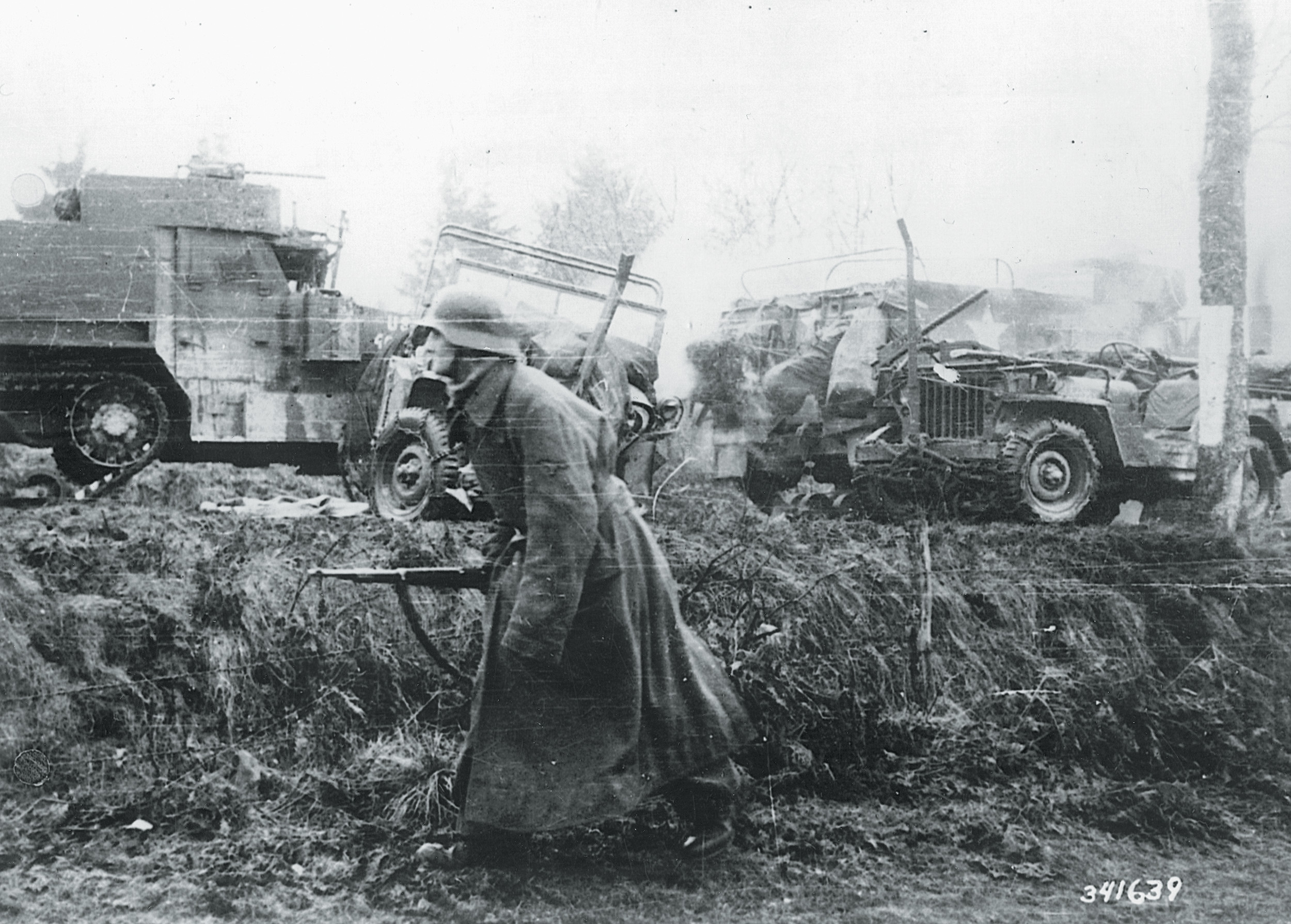
Just when it seemed that it couldn’t get much worse, two Tiger tanks appeared, one to the front and one on the flank of the attacking men. Corporal Joe Cicchinelli of Company A remembered that the men of the 551st “made good targets” in their dark uniforms in the white snow. The Tigers began firing “point-blank” at the paratroopers. “You either ran or got killed. It was just annihilation. There was nothing to protect you except snow.”
Quinn’s C Company made it into the enemy-held tree line along the ridge. Company A, on the left, had been under extreme enemy fire and could not keep pace. Colonel Joerg radioed Quinn and had him stop his attack until A Company came up. The halt was a mistake. Quinn’s men had succeeded, with hand-to-hand fighting, in kicking the Germans out of their foxholes. But as soon as the paratroopers stopped their advance, enemy artillery fire swept the ridge for 15 minutes, killing or badly wounding 45 men from the company.
Heavy fighting continued until twilight with A Company suffering very heavy casualties in their attack across the frozen ground. As B Company came up into the Herispehe Woods, Lieutenant Ralph Wenthold heard “clanking so loud it sounded like a construction site. There, A Company was trying to pierce the frozen soil for foxholes.”
Slowly the men of the battalion began to take stock of the day’s action. Many in A Company seemed to be in shock from the battle and from the heavy losses. Looking back, A Company’s Second Platoon Leader, Lieutenant Dick Durkee, reported: “As we staggered down the road [through Herispehe Woods], I happened to look back at the battlefield and the sight will never leave me. The bodies of our comrades were strewn about where they had fallen and were partially covered with snow. I could see one man leaning against a fence-post—he apparently was going to climb over it but just didn’t quite make it. One of our machine guns was still there in position, and the gunner and assistant gunner were lying behind their guns—but they will never fire it again. Just before I rounded a bend in the road I looked back once more and bid the dead goodbye as the snow completely covered them and hid them from the wartorn world.”
During the night it became difficult for the men of the 551st to keep their extremities from freezing while in their fighting positions. Moreover, it became too dangerous to fall asleep—with the temperature dropping below zero degrees Farenheit, a man could die in his sleep. This fate would be suffered by many of the 551st during the offensive.
A number of 551st paratroopers began to have strong feelings of isolation. Much of this had to do with being an independent battalion and being passed around from one unit to another in a very short period. Making matters worse, the 551st had lost contact with the 517th on the left and the 505th on the right. As the cold and the forest pressed in on the men (whose overshoes and overcoats had not yet caught up with them), their minds as well as their bodies were numbed. Adding to the isolation was the knowledge that only four of the battalion’s 38 radios remained in operation following the battle. To top all else, the jeep carrying Christmas presents from home had taken a direct hit from a “Screaming Meemie” (rocket fired from a six-barreled launcher). A feeling of loneliness and despair made worse by lack of sleep and food began to invade each trooper.
The attack on Herispehe Ridge had cost the battalion 189 casualties, almost a third of its strength. A Company was down to 45 men. C Company fared a little better. Since Company B had 83 men remaining, Colonel Joerg decided to have it lead the attack the next day.
The objective for the attack that day, January 4, was to clear out a pocket of Germans by-passed during the previous day’s attack. To do so, the 551st had to turn its attack 90 degrees toward the tiny village of Dairomont. Once Dairomont was cleared, the battalion was then to advance to a position west of the village of Rochelinval and dig in.
Jumping off, B Company’s progress was slowed by accurate sniper fire around 4 pm. While C Company tried to flank the Germans by advancing on the right, Colonel Joerg ordered A Company into the attack because it had some of the battalion’s finest sharpshooters with which to counter the enemy sniper fire. Lieutenant Donald Booth, now in command of the depleted company, ordered Second Platoon forward. Booth split the platoon in two parts, one commanded by Lieutenant Dick Durkee and the other by Lieutenant Jerry Quinn.
German machine-gun teams began firing on Durkee’s men first. Quinn moved his men into the woods, trying to encircle the enemy. As the German infantry began to swing its weapons around to shoot at Quinn’s team, Durkee’s men advanced and began firing as fast as they could in the snow. The mist and fog made it difficult for the men to determine friend from foe along the German defensive line. All of a sudden, Durkee shouted, “Fix bayonets!” He knew that if his squad was going to reach the enemy, he had to move his men quickly while the German machine-gun crews were concentrating on Quinn’s team.
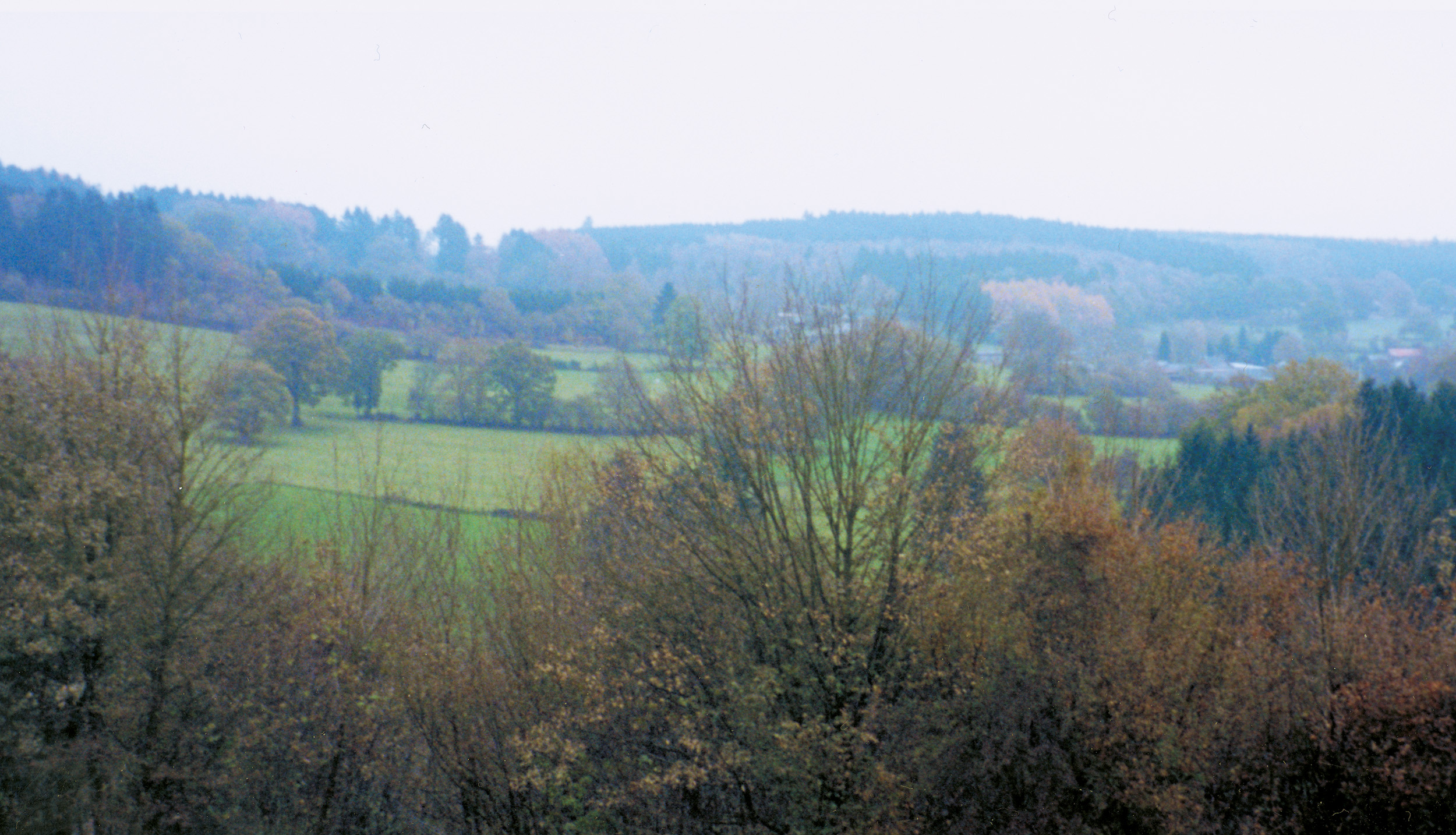
All the emotions the men had been feeling seemed to well up in them during this attack. Durkee’s men assaulted the enemy with a tremendous ferocity across the snow-covered ground. Lieutenant Durkee was the first to reach the enemy line. He and his men bayoneted, clubbed, and shot their way across and through the enemy positions. “They [the Germans] never had a chance. The men, having seen so many of their buddies killed and wounded during the past twenty-four hours, were not in a forgiving mood, and every Kraut was killed to a count of sixty-four. They all died in their foxholes.”
During the attack on Dairomont, the men of Joerg’s battalion had the support of two tanks. Before the assault, the tankers were promised that “two companies” would accompany them into battle. Following the fight, an angry tanker complained to battalion headquarters that “all during the attack I never saw more than ten or fifteen men.” Someone from headquarters replied back, “Well, there are only about twenty men left out of those companies.” To that the tanker stated, “We would never have gone within a mile of that town if we had known you only had twenty men left to support us.”
By the end of the third day of the offensive, January 5, the men of the 551st had pushed the enemy back nearly a mile and a half. The battalion had suffered 90 men killed, 150 wounded, and two captured. Many of the lightly wounded paratroopers refused to report their injuries, prefering instead to treat their own wounds. The men were afraid that if they reported to an aid station, they would then be sent to a replacement unit and would never return to their buddies in the 551st.
On January 6, the temperature fell to between zero and 10 degrees F. The numbing cold caused as many casualties as the constant German artillery fire. Some of the men “lay down for a while and froze”—they died in their sleep. Nearly 25 died this way during the offensive, as did many of the wounded troopers, before they could be evacuated to an aid station.
Before the next phase of the offensive, the 551st was once again attached to the 82nd. This time it was to the 504th Parachute Regiment. As the Americans kept up their determined attacks, the Germans began to withdraw more and more forces across the Salm River. The only remaining bridgehead in use to the Wehrmacht and SS was located at the tiny village of Rochelinval.
Rochelinval was a hamlet of perhaps a dozen small houses on a plateau over the river. To guard the bridge, the Germans had dug in several machine guns along the bluff. The guns covered the open ground over a steep gully to the tree line 300 yards to the west.
Colonel Joerg received orders to attack the town and hold it, thus preventing more Germans from escaping over the river. Having suffered so many casualties from both the Germans and the cold weather, Joerg knew that the mission to attack Rochelinval would be very difficult. But he and his men knew they could do the job. Joerg hoped, however, that his battalion would not be sacrificed by becoming lost in the constant shuffling of being passed around to first one unit then another as had happened all week long.
The attack was scheduled to jump off early on January 7. Joerg moved his command post to the edge of the forest just a mere 300 yards from the enemy’s fortifications at Rochelinval. The colonel briefed his few remaining officers. The 60 men of A Company would lead the assault from the left flank. Lieutenant Booth divided his men into two “mini-platoons.” A Platoon was led by Durkee and Lieutenant Charles Dahl. B Platoon was commanded by Lieutenants Charlie Buckenmeyer and Joe Kienly. B Company’s job was to maneuver around to the right to try and envelop the enemy position on the south end of the village. The 40 men in C Company, commanded by Lieutenant Leroy Sano, would be held in reserve in the tree line with Joerg’s command post until needed.
After surveying the enemy positions from his command post, Joerg knew the objective would be very difficult for his battered companies. The men had been up for over four days and with little food. Many had been wounded in some manner, and it was a rare trooper whose feet had not turned black from the constant subfreezing temperatures. Nevertheless, Joerg planned for the best.
He sent Lieutenant John Belcher in search of three tanks that had been promised to support the attack. He tried to coordinate artillery support that had been promised to soften the Germans up. Because the 551st had been newly attached to the 504th, communication should have been established with the 376th Field Artillery Battalion. Instead, the request for fire support went to the 460th Field Artillery Battalion assigned to support Graves’ 517th. The 460th told the paratroopers that they could not support Joerg’s attack because it was outside their zone of fire. Livid, Joerg got on the line and, following a heated discussion, four rounds were fired at the enemy positions along the bluff at Rochelinval. Thus ended the 551st’s artillery support for the day. They would receive no more explosive rounds for the remainder of the attack. It was not yet 6:30 am. Sergeant Don Garrigues realized that the too few rounds only “succeeded in waking the Germans up.”
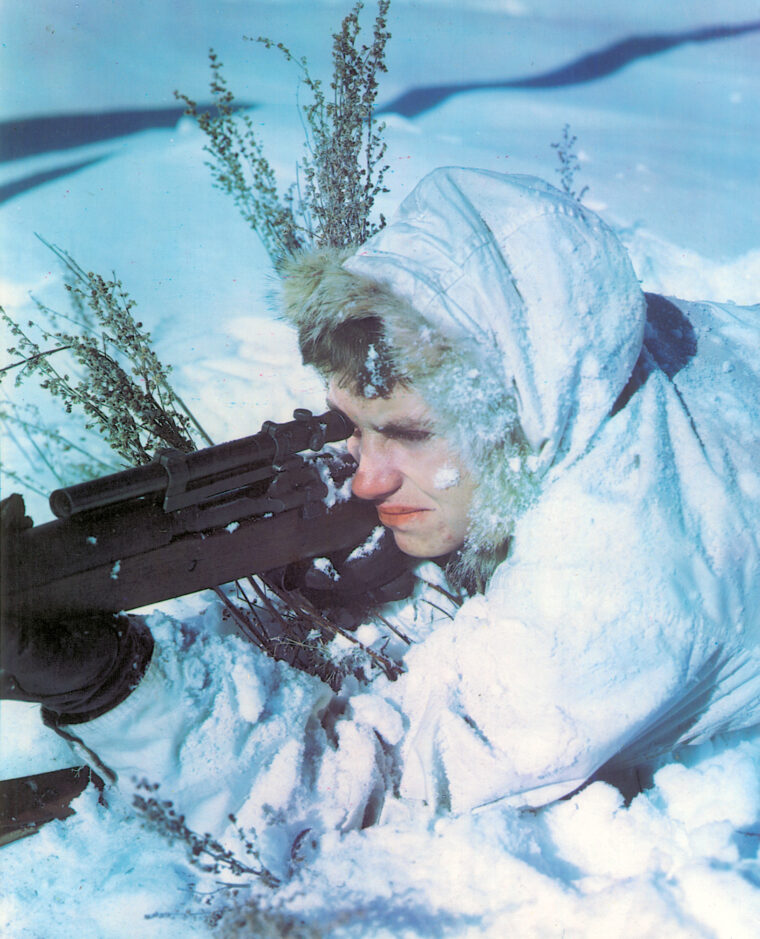
As the men of the battalion moved into position, many of them could hear the Germans preparing for the attack only 300 yards away. Lieutenant Durkee later said, “I knew we were all going to die.” The man who only two days before had led the spirited bayonet charge at Dairomont was again preparing to lead his men into another grim attack against a tough opponent.
A misfire on one of the battalion’s machine guns started the attack at 6:30 am. Deadly German and American tracer bullets crisscrossed the open gound between the two forces. Everything seemed to be happening very quickly. Booth was killed by a burst of machine-gun fire before he had taken two steps.
Lieutenant Durkee yelled for his men to follow him up a narrow lane that led straight into Rochelinval. The Germans had emplaced a machine gun at the head of the lane and could fire down its entire length. Durkee placed a squad on either side of the brush- and tree-lined lane. Two other machine guns were firing on A Company from oblique angles as well. A Company’s lead scout, Private Robert Mowery, was hit and killed almost as soon as the men began moving up the lane. Sergeant Robert Hill raced forward, grabbed up Mowery’s BAR (Browning Automatic Rifle), and fired two full magazines at the enemy before he, too, was shot down and killed by the wall of fire.
As Durkee advanced along the path, he picked up a bazooka from a fallen trooper’s dead grasp. Taking aim at the machine-gun position doing the most damage to his men, Durkee fired, and the machine-gun nest exploded, its crew falling wounded and dead.
Lieutenants Durkee and Dahl now found that they were the lead scouts for the company. Crawling forward with two other men, the group then came under fire from a sniper operating from a corner of a building. Spotting him, Durkee thought, “I could lob a grenade in and get him.” Durkee yelled to Dahl to cover him. Durkee’s first lob fell short. Yelling to Dahl to “keep firing,” Durkee rolled to grab another grenade and realized the covering fire had stopped. Glancing at Dahl, he saw that his friend had been shot dead through the neck.
Durkee then shouted back to his runner to move the riflemen forward so the attack could continue. Private Pat Casanova yelled back, “Sir, they’re all dead.”
Stunned, Lieutenant Durkee knew that he couldn’t continue the attack on the village with only two men. By the time he managed to crawl back to safer ground, he learned he was now the commander of A Company, which now consisted of only nine men.
Elsewhere along the battalion’s line, First Sgt. William Harper of C Company had witnessed A Company’s almost total annihilation. The scene prompted him to crawl through enemy machine-gun, artillery, and mortar fire across the open ground to a stone wall at the village perimeter. He then managed to toss in a grenade that destroyed one of the guns that had devastated A Company.
Sometime around 8 am, Colonel Joerg climbed out of his foxhole and ran to the edge of the tree line to observe the battle. Almost immediately, the forest erupted in a torrent of artillery explosions in the treetops. One round, a 120mm high explosive, burst right over him. His helmet was sliced and a piece of hot metal cut into his head.
News of the colonel’s mortal wound traveled fast. The men were stunned. Many collapsed momentarily in the snow, speechless. But the attack continued.
The men of B Company kept advancing toward the stone outcropping from which the Germans were concentrating their fire. At around 9:30 am, 113 rounds of smoke were finally fired, helping A Company withdraw on the left.
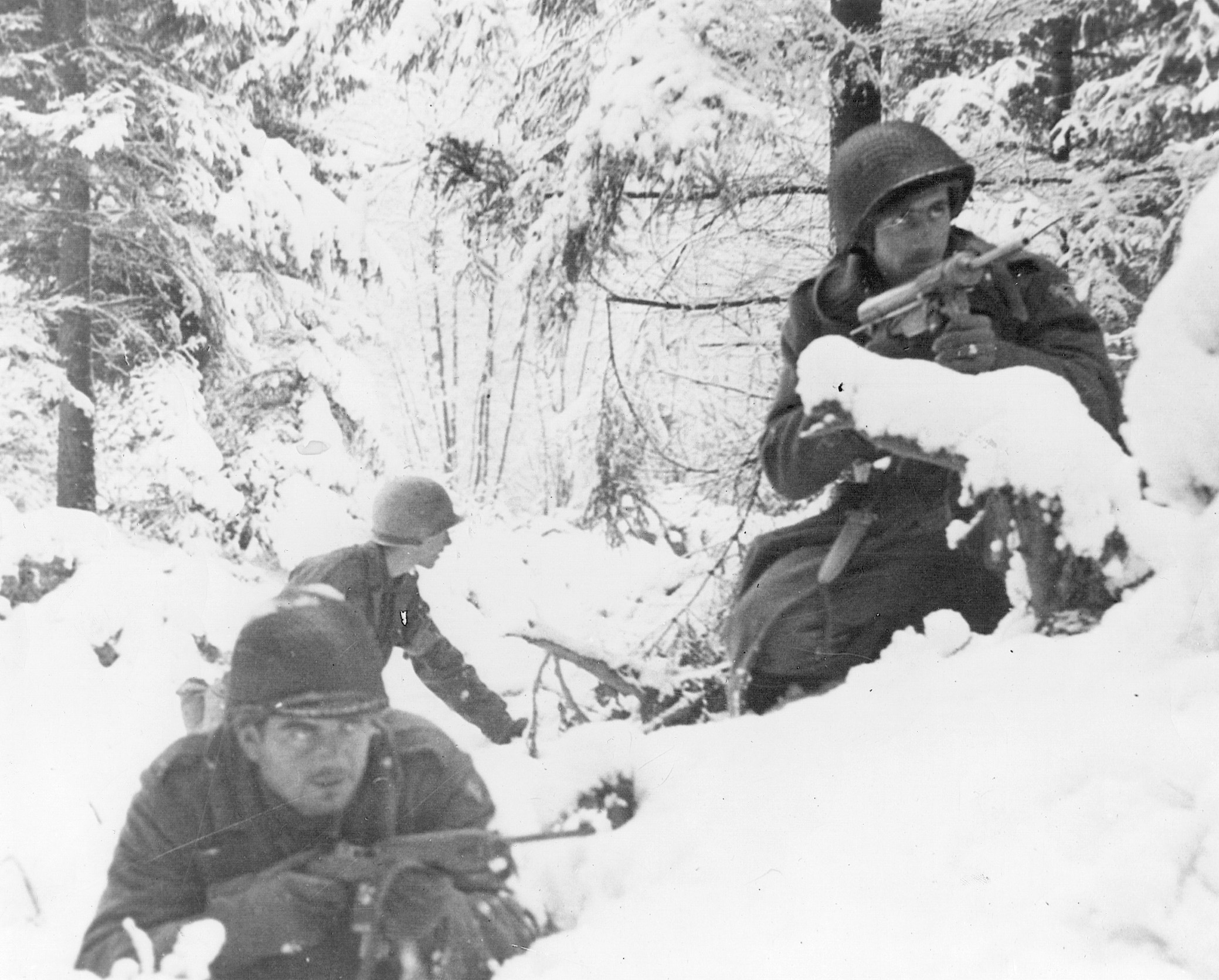
When Colonel Joerg had fallen mortally wounded, the command of the battalion passed to Major Bill Holm. He pushed C Company into the attack along with B Company on the right. A Platoon, Company C completely overran and killed an entire machine-gun section, along with 12 riflemen, without a single paratrooper falling.
As B Company pushed up the right flank, drawing closer to the outskirts of the village, it continued to be hounded by mortar fire. Then it was suddenly rushed by a squad of German infantry. Just as swiftly, a squad from B Company charged them back. “It was a rare double charge of opposing foot soldiers” with both sides sustaining a number of casualties.
Heavy fighting continued throughout the morning on the American right. Around 11:30, a solitary U.S. tank rolled up in support of B and C Companies. Its turret was jammed, pointing backward into the woods. But Lieutenant Sano talked its commander into attacking with the battalion. Sano believed that the battalion would have “an advantage in its mere presence,” even though the tank had limited effectiveness. Although there was some discussion among the troopers following the battle about exactly how effective the tank had been, most agreed that “it may have saved our ass. He [the tank] kept their heads down.”
The spirited attacks by the 551st paid off around noon as the paratroopers began moving into Rochelinval. House-to-house fighting continued for some time. But then soldiers of the 183rd Regiment of the 62nd Volksgrenadier Division began surrendering in large numbers. By the end of the day, the 551st had captured over 400 enemy. The commander of the division, General Frederich Kittel, wrote that while the 62nd had been “able to bring the enemy’s large-scale attack to a standstill … they did not do so at Rochelinval.”
The battle for Rochelinval marked the end of the fighting for the men of the 551st at the Battle of the Bulge. Although they cut off an escape route for the enemy, the ranks of the 551st had been nearly destroyed by a combination of the Germans and terrible weather over five days. During that time the men of the battalion had had very little sleep, food, or rest. The paratroopers had watched as their buddies were torn apart by enemy artillery rounds, shot down by machine-gun fire, and frozen to death because they had fallen wounded or simply fallen asleep. They had seen their beloved colonel killed as well.
Of the 643 officers and men of the 551st who went into battle on January 3, only 110 remained on the duty roster by the end of the day on the 7th. The others had been killed in battle or by the cold; had been wounded and were in an aid station or hospital somewhere in Belgium, France, or England; or were missing in action. The majority of the remaining men in the 551st were “walking wounded.” Taking everything into consideration, the 551st Parachute Battalion sustained a 94 percent casualty rate, “the highest rate of any battalion to fight at the Battle of the Bulge.” And yet, the men of the 551st had successfully captured every objective they had been assigned.
Following the Battle of the Bulge and the restoration of the original American battle line, the 551st was officially disbanded. Thus on February 10, 1945, it ceased to be an integral fighting battalion in the U.S. Army. Sergeant Don Garrigues said, “A piece of paper did something the Germans couldn’t do—eliminate our gallant battalion.”
Most of the 110 men remaining in the battalion were given individual orders to report to the parachute battalions throughout the 82nd Airborne Division. Until the end of the war in Europe, the men of the 551st carried the airborne spirit with them to their new units, but they remained 551st men in their hearts.
When Hitler had first envisioned, planned, and then executed his counteroffensive through the Ardennes in December 1944, he believed that his armies could duplicate the same success they had enjoyed in May 1940. He thought his soldiers would be facing the same inexperienced American soldiers his regiments had broken at Kasserine Pass in February 1943. He was wrong.
The men of the 551st and their fellow GIs along the northern shoulder of the “Bulge” showed a hardened combat expertise far greater than Hitler had imagined. Battalions like the 551st Parachute Infantry Battalion had displayed the determination, courage, and willingness to get the job done no matter the odds. Those were the true characteristics of the American fighting man in the Ardennes during the Battle of the Bulge. The men of the 551st, determined to achieve total victory over their enemy, had endured the horrors of combat and merciless cold to accomplish everything asked of them. They were American paratroopers.
Donald Roberts II was an infantryman in B Co. 2/504th PIB 82nd Airborne Division from 1973 to 1975. He has a master’s degree in Military Studies from American Military University, Manassas, Virginia. He currently teaches American History at Christa McAuliffe Middle School, Boynton Beach, Florida.
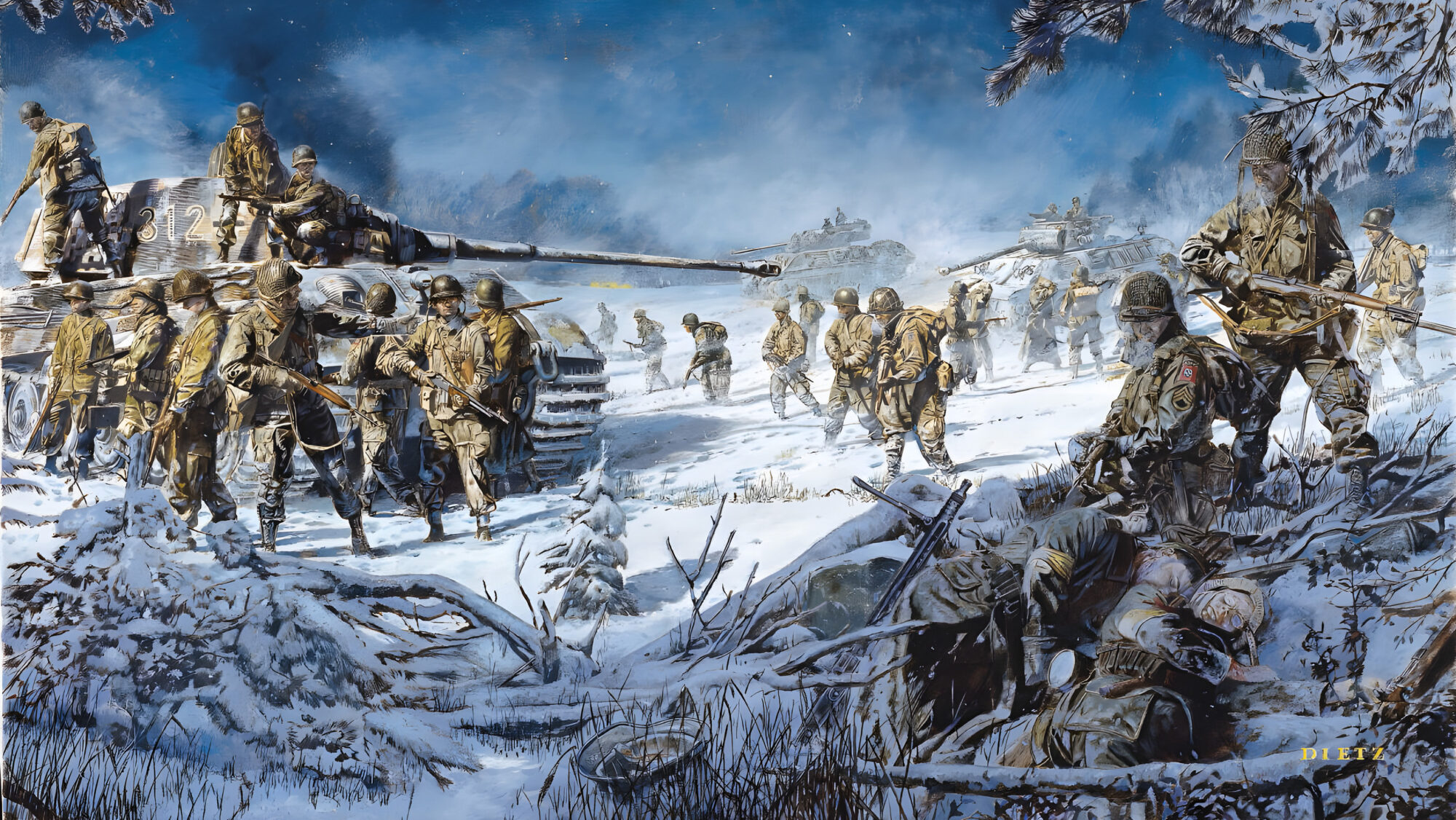
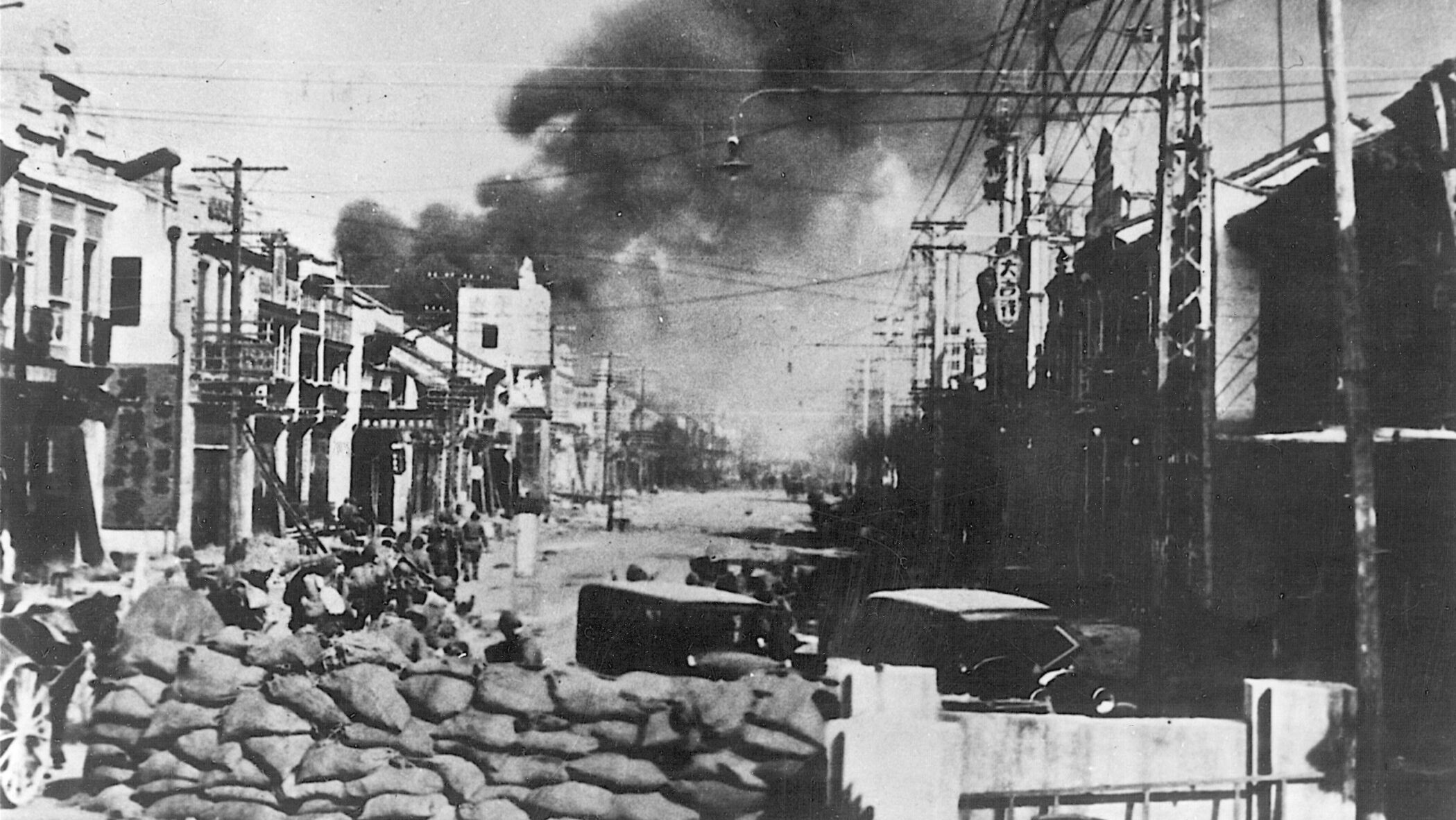
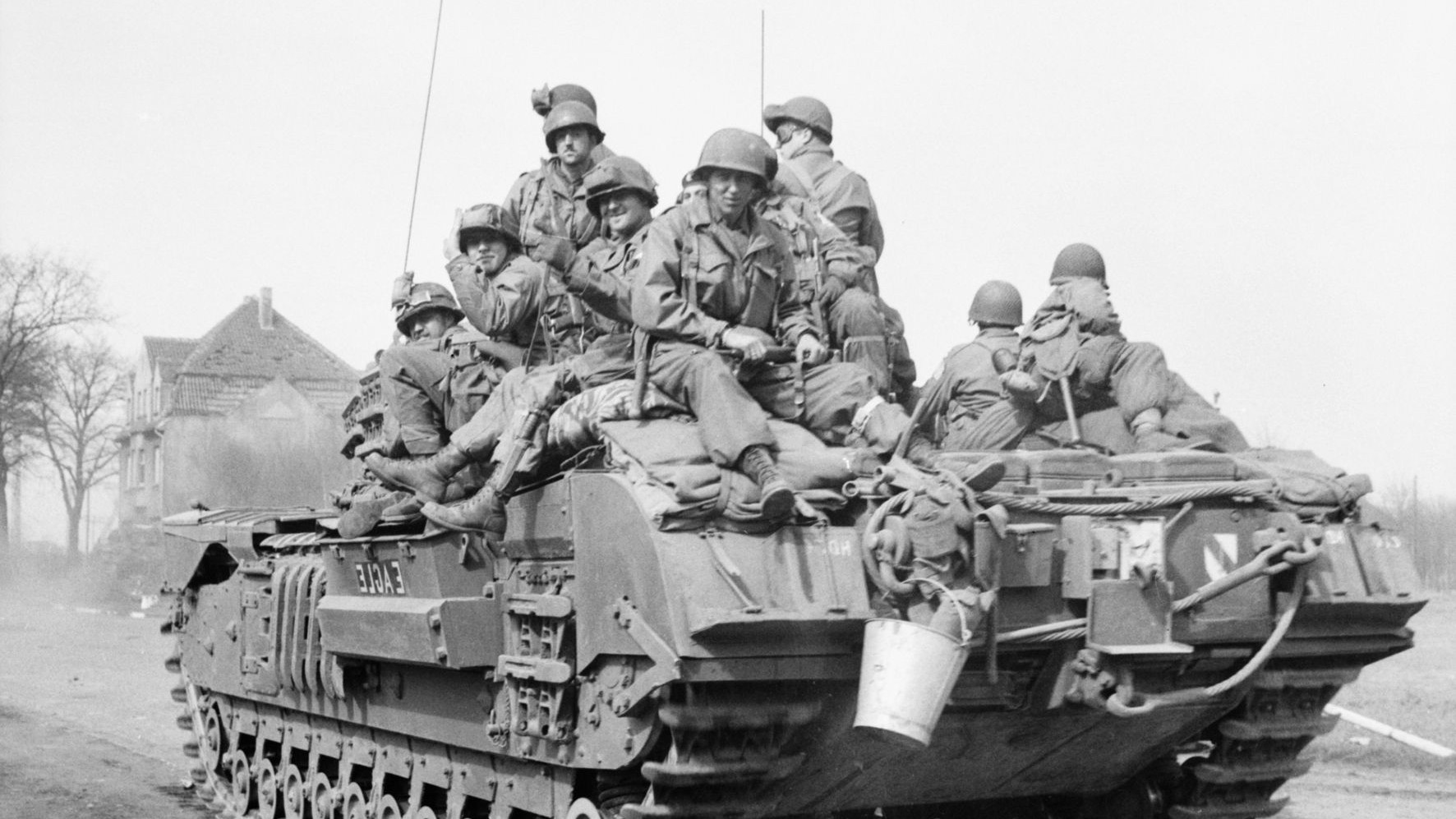
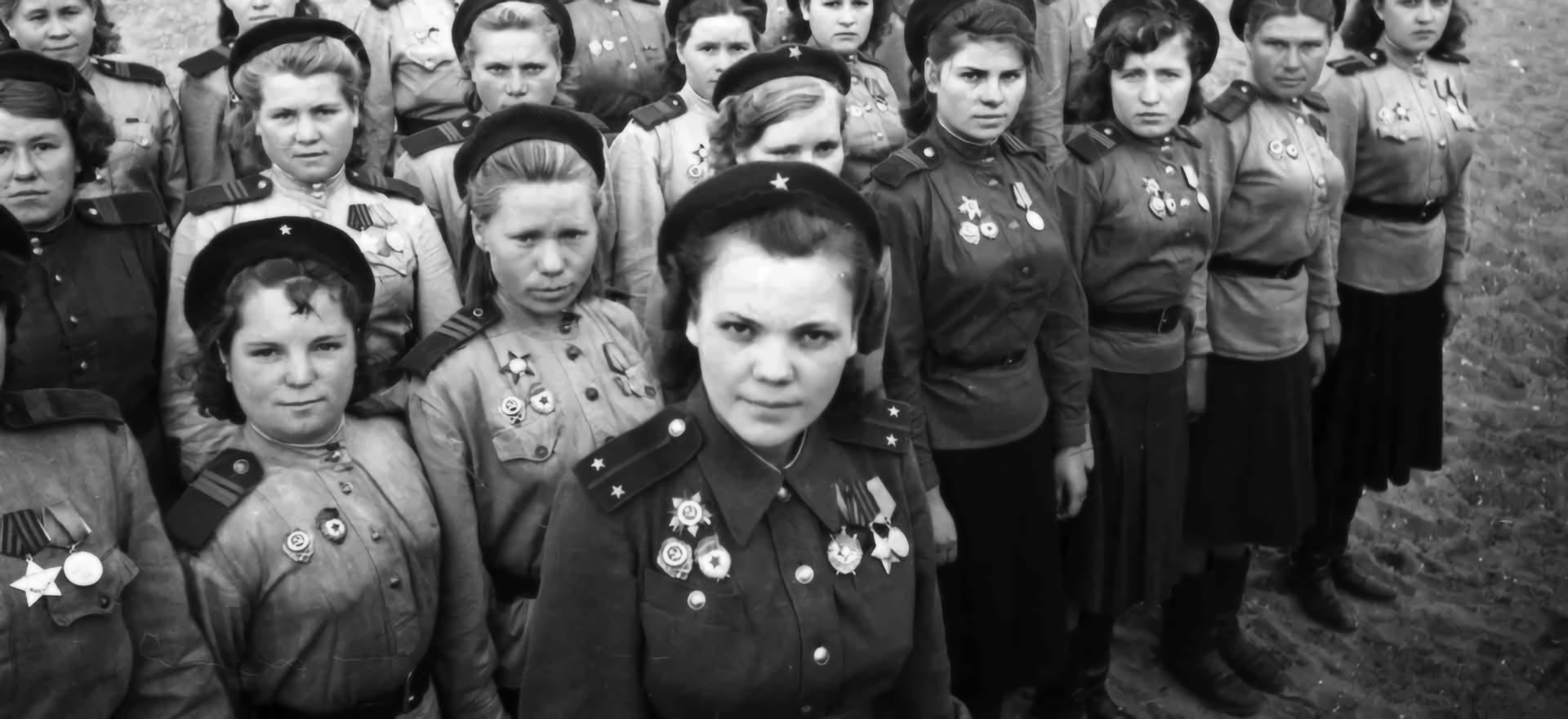

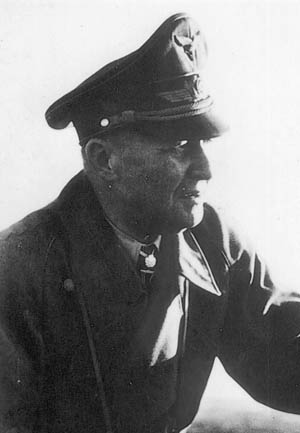
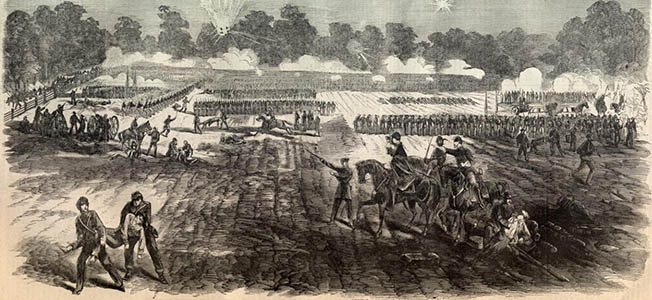
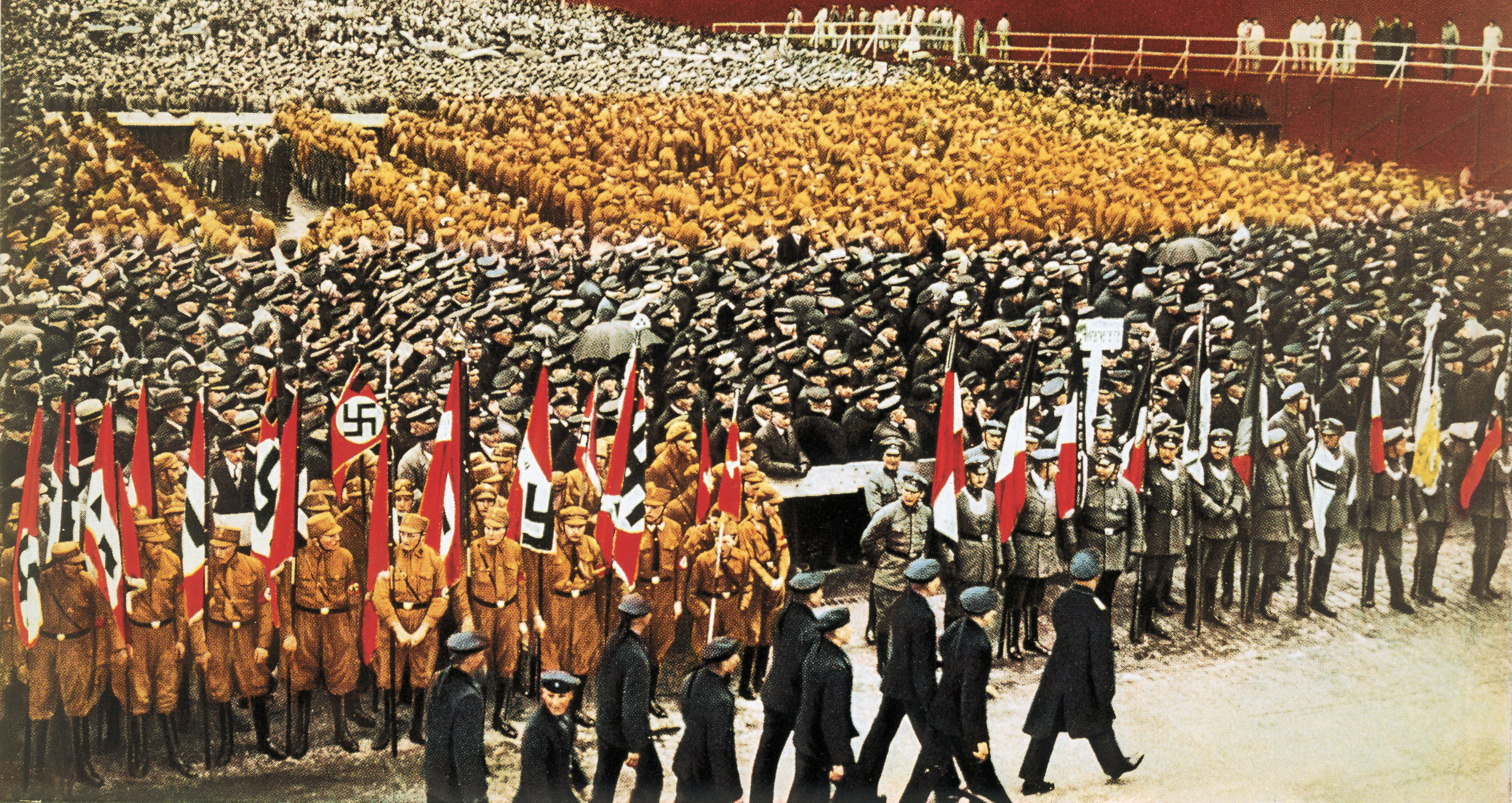
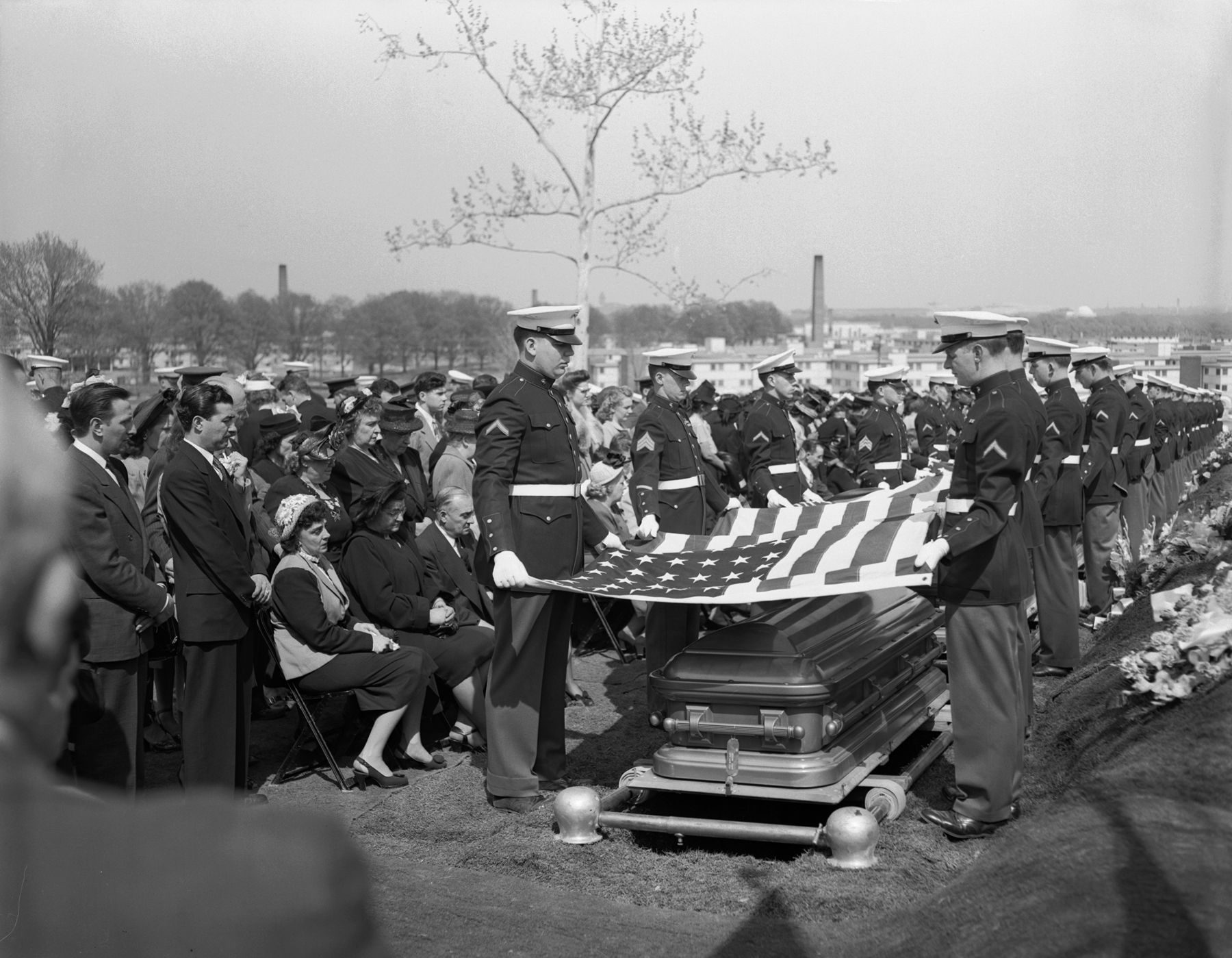
Join The Conversation
Comments
View All Comments